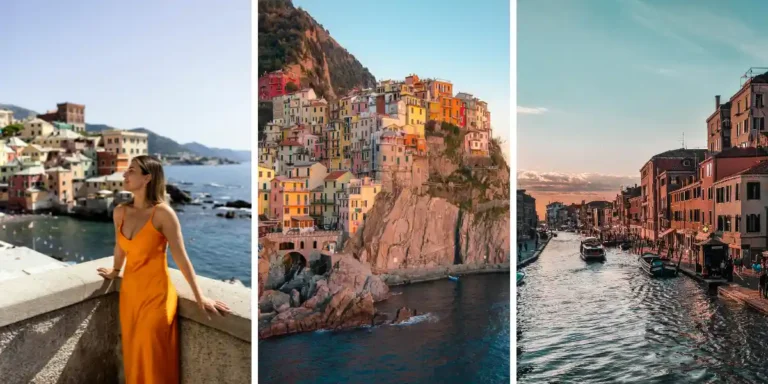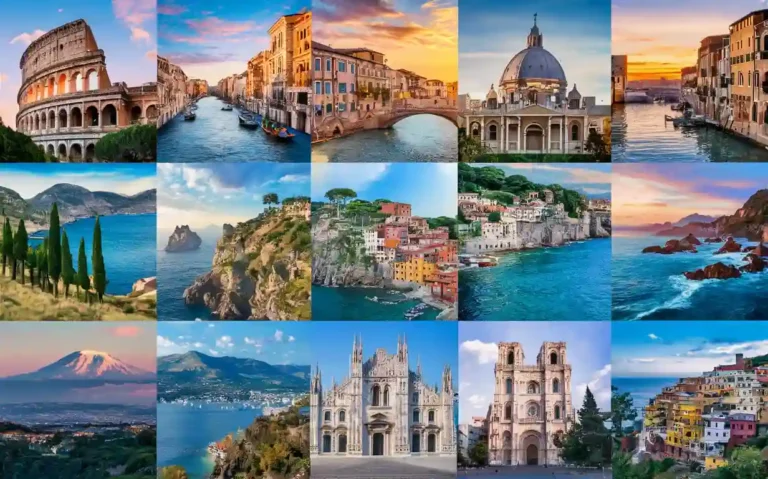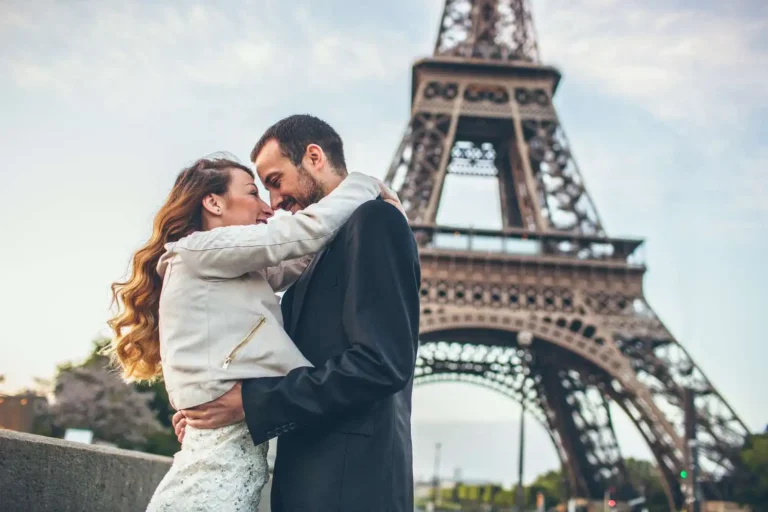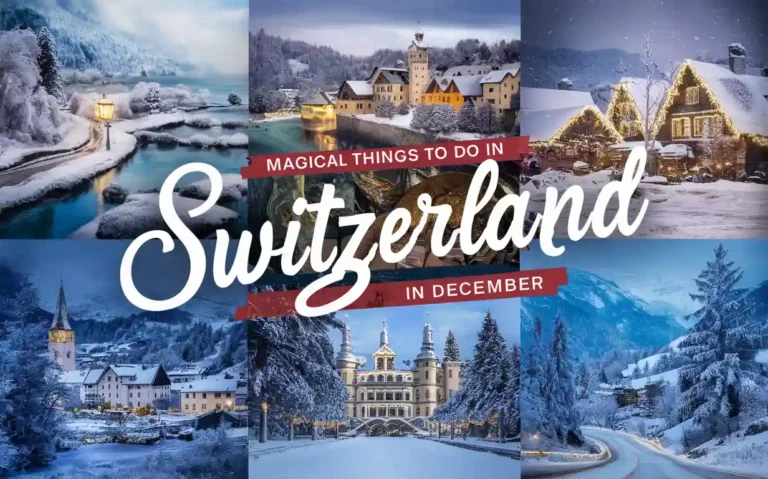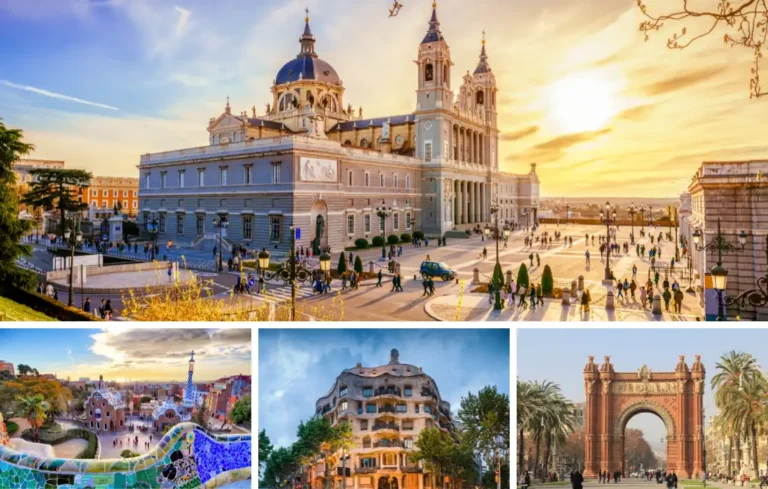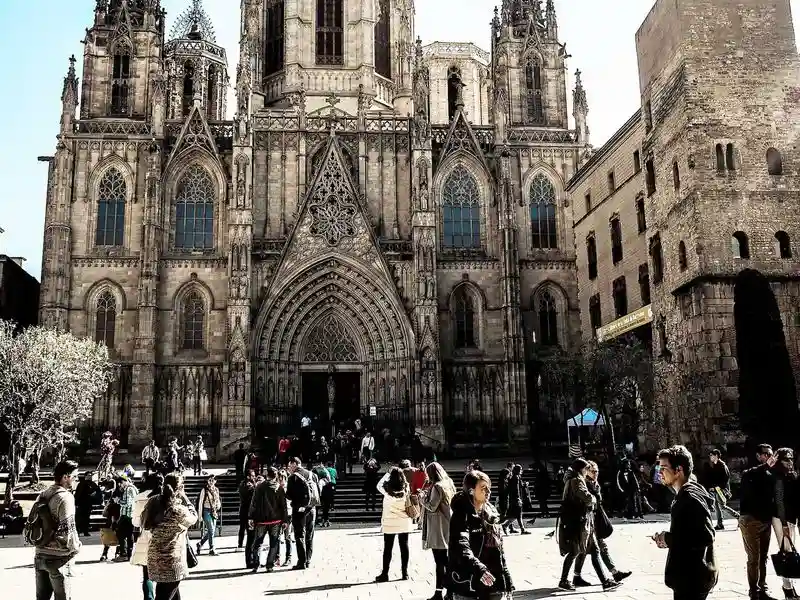
Walking into the Gothic Quarter Barcelona for the first time felt like stepping into a living history book where Roman ruins lean against medieval walls, and every narrow street whispers stories of the past.
Over the years, I’ve returned multiple times—sometimes guided by locals, other times wandering on my own—and each visit has deepened my appreciation for this remarkable neighborhood. If you’re searching for a complete Gothic Quarter Barcelona travel guide, you’ll find that this is more than just a tourist stop; it’s the very heart of the city.
The Gothic Quarter, or Barri Gòtic, isn’t simply a cluster of old stones and pretty plazas. It’s where Barcelona’s soul reveals itself—in the quiet courtyards, the shadowed alleyways, and the grand cathedrals that rise suddenly after a turn.
From sipping wine in century-old tapas bars to tracing the Gothic Quarter Barcelona history carved into its churches and palaces, I’ve found this district is a place where culture is not preserved behind glass—it’s lived, every single day.
In this guide, I’ll take you through the most fascinating things to do in Gothic Quarter Barcelona: its history, landmarks, food, nightlife, and practical tips to help you explore it like someone who’s walked these streets more times than they can count.
By the end, you’ll see why no trip to the city feels complete without losing yourself here—and why Gothic Quarter Barcelona will stay with you long after you’ve left.
A Brief History of the Gothic Quarter (Barri Gòtic)
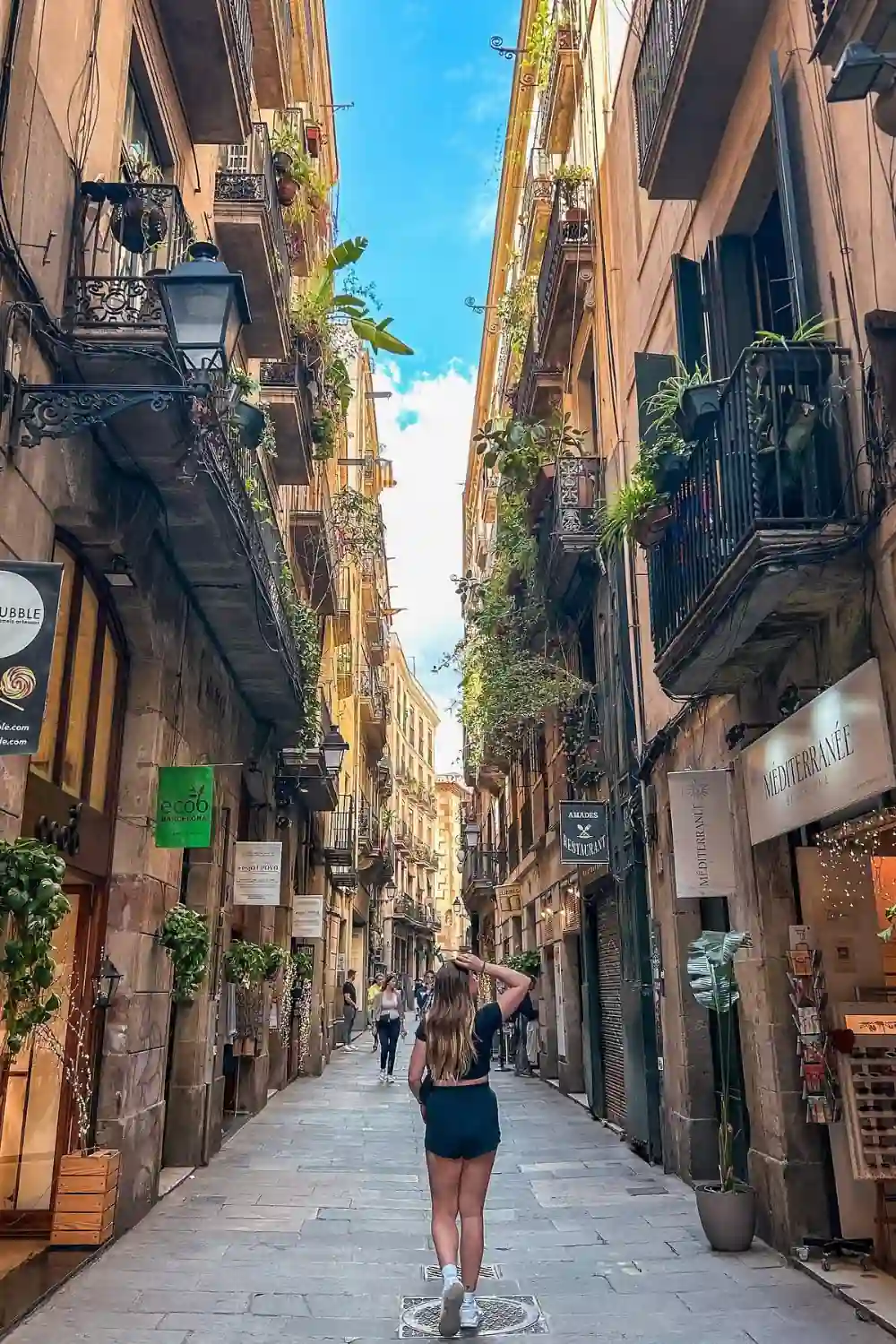
The story of the Gothic Quarter begins with the Romans. Around the 1st century BC, they built a settlement called Barcino here, complete with defensive walls—parts of which you can still spot if you pause on Carrer Paradís or by the Museu d’Història de Barcelona.
I still remember standing with my hand against the rough Roman stones, realizing I was touching the bones of a city that’s been alive for over two millennia.
As centuries passed, the Middle Ages transformed the Gothic Quarter into the city’s political and religious hub. The Barcelona Cathedral, Santa Maria del Mar nearby, and squares like Plaça del Rei became gathering points of power and worship.
Gothic spires pierced the sky while narrow lanes filled with merchants, scribes, and guild masters. This was Barcelona’s golden age, and the district’s medieval architecture still echoes that prosperity.
But history didn’t stop there. By the 19th and 20th centuries, the Quarter began to modernize while carefully preserving its heritage. Architects like Josep Oriol Mestres and August Font i Carreras restored facades, creating the neo-Gothic touches you see today, such as the ornate Pont del Bisbe.
Even now, the Gothic Quarter represents Barcelona’s identity—an unbroken thread from Roman settlement through the Middle Ages to the cultural hub it is in modern Spain.
Top Attractions in the Gothic Quarter
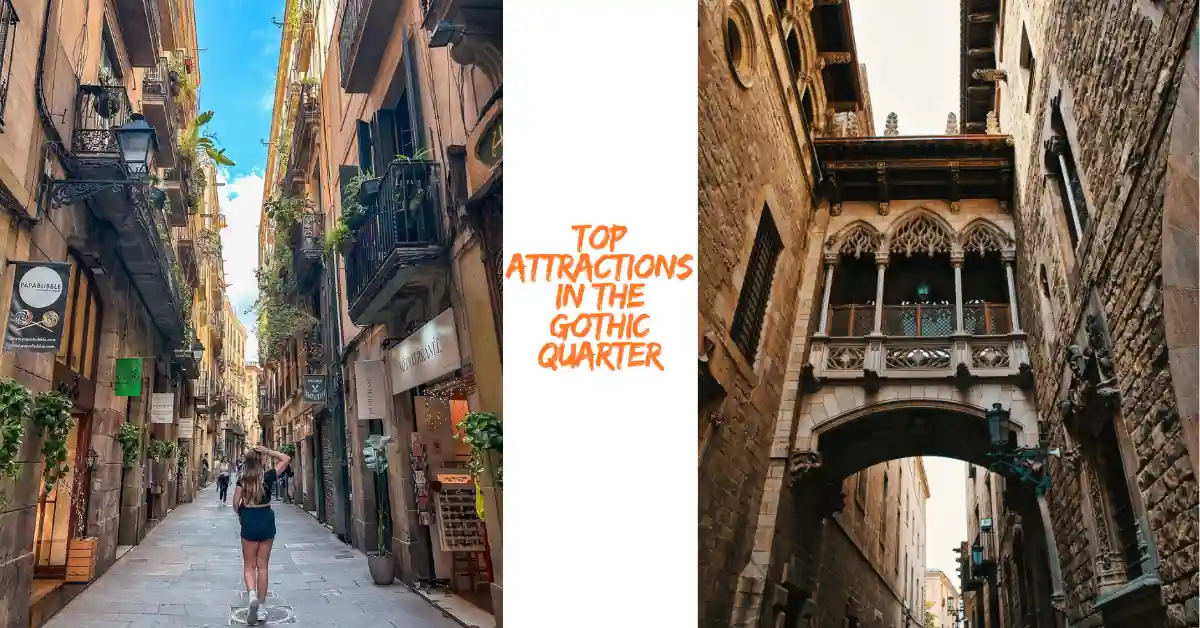
Here are the must-see landmarks I’ve come back to again and again. Each one tells its own story, and visiting them with the right context makes the Quarter come alive.
1. Barcelona Cathedral (Catedral de la Santa Creu i Santa Eulàlia)
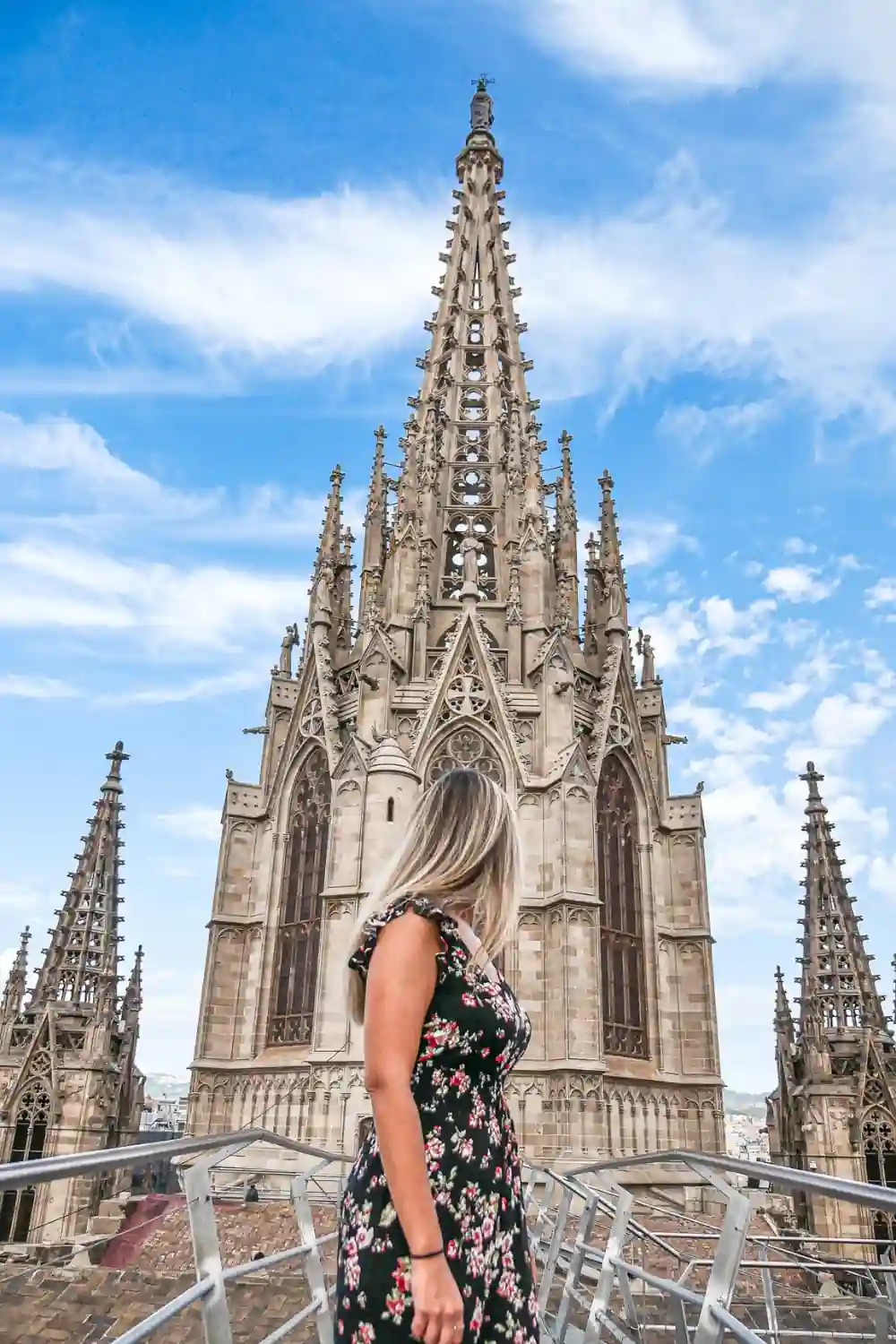
The Barcelona Cathedral rises dramatically at the heart of the Gothic Quarter. Dedicated to Saint Eulàlia, the city’s co-patron, its spires and cloisters feel as if they belong to another world.
I’ve stood in the cloister’s quiet garden more than once, watching the geese that symbolize purity wander beneath ancient arches. Climb up to the rooftop for panoramic views—early morning is best before crowds gather.
2. Plaça Reial (Royal Square)
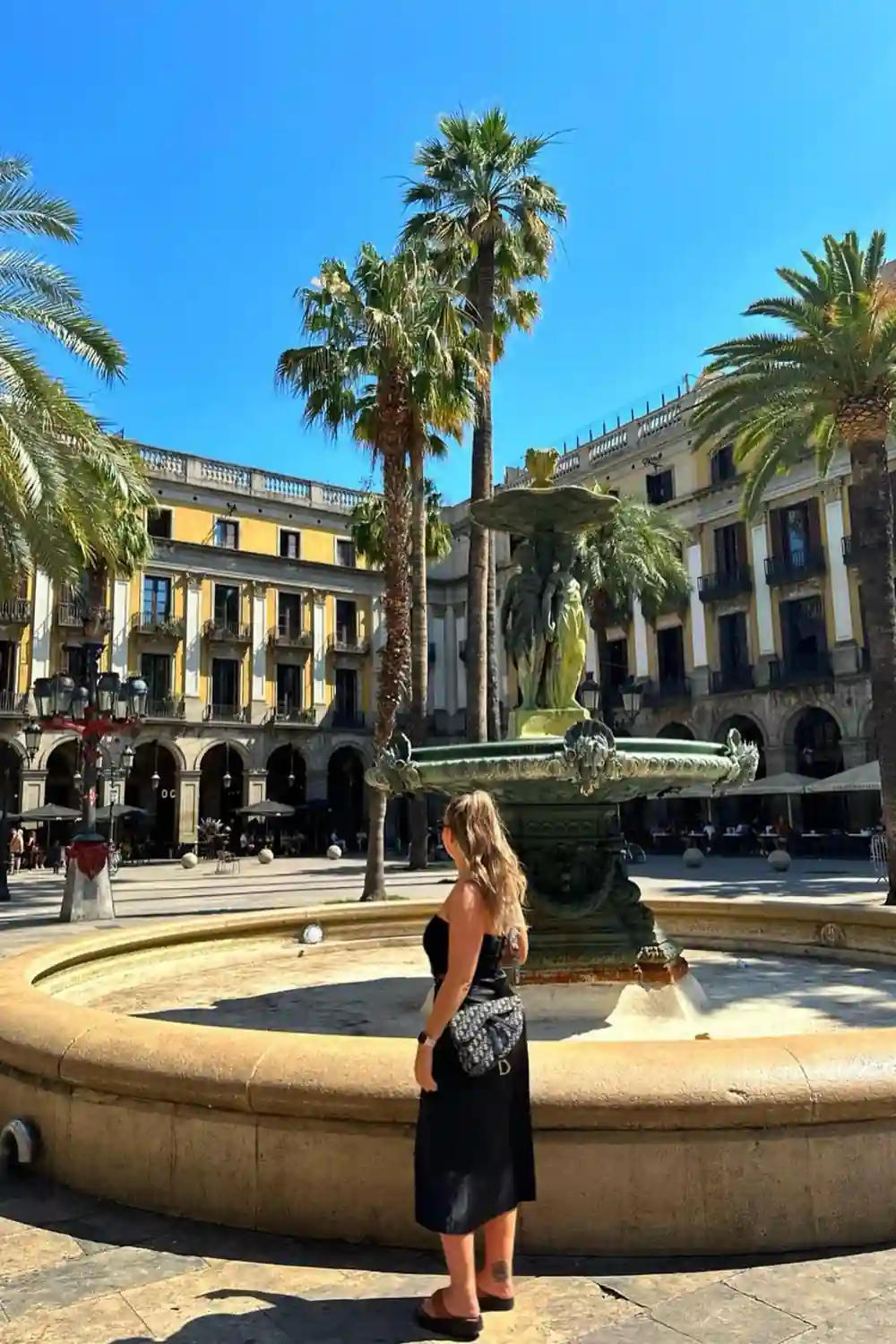
Just off La Rambla, Plaça Reial is a lively square framed by arcaded buildings and dotted with palm trees. At night, the atmosphere shifts—restaurants buzz, and bars spill music into the air.
The lampposts designed by a young Antoni Gaudí are easy to miss if you’re distracted, but they’re worth stopping for. Personally, I prefer visiting just before dusk, when the light softens and the square hums with energy.
3. Plaça Sant Jaume
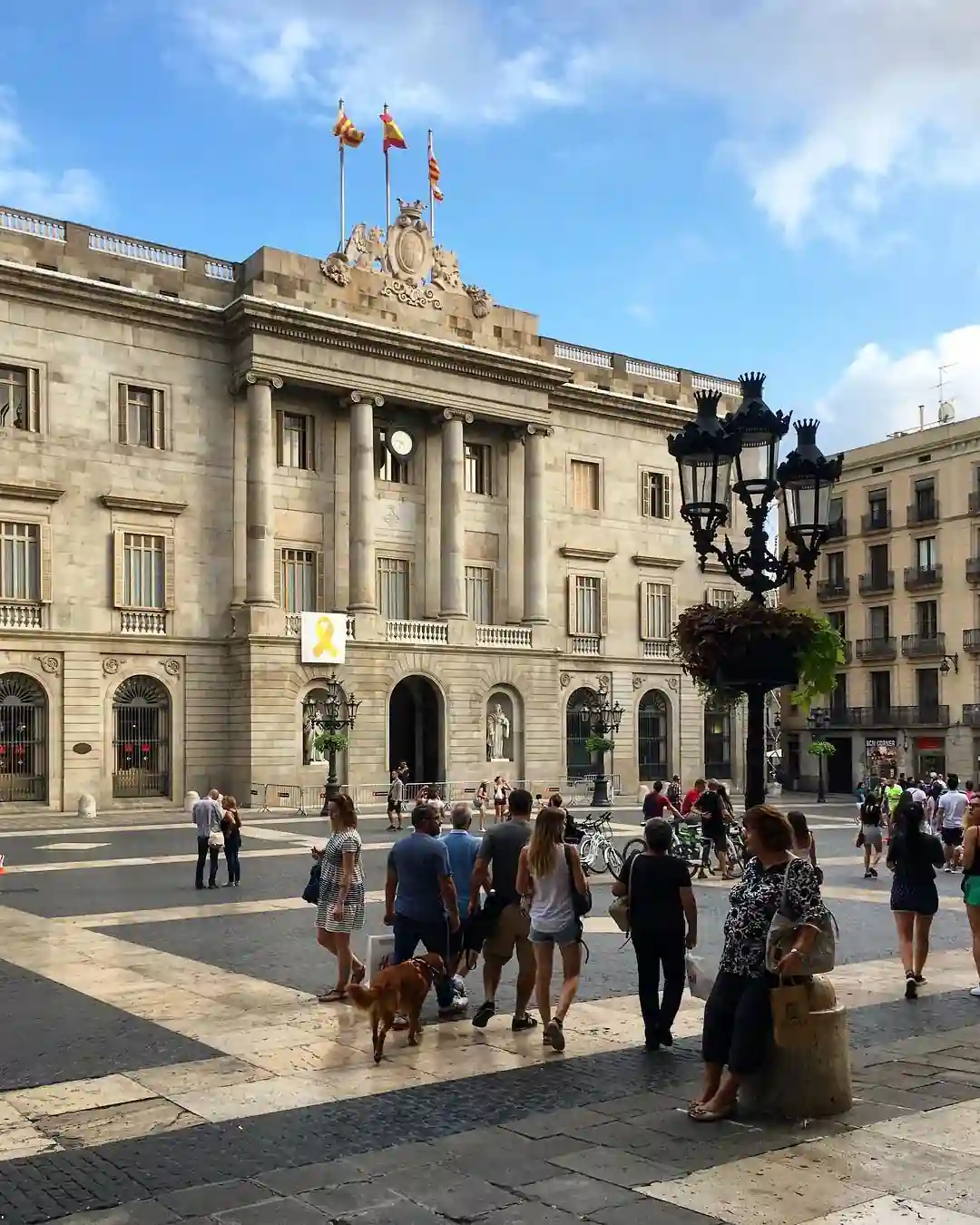
This square is Barcelona’s political heart, where the Palau de la Generalitat and City Hall face each other across the plaza. Standing here, you’re literally at the crossroads of governance stretching back to Roman times.
I’ve stumbled onto parades and protests here—it’s always alive with civic energy. If you want to feel Barcelona’s pulse, linger in this square.
4. Plaça del Rei
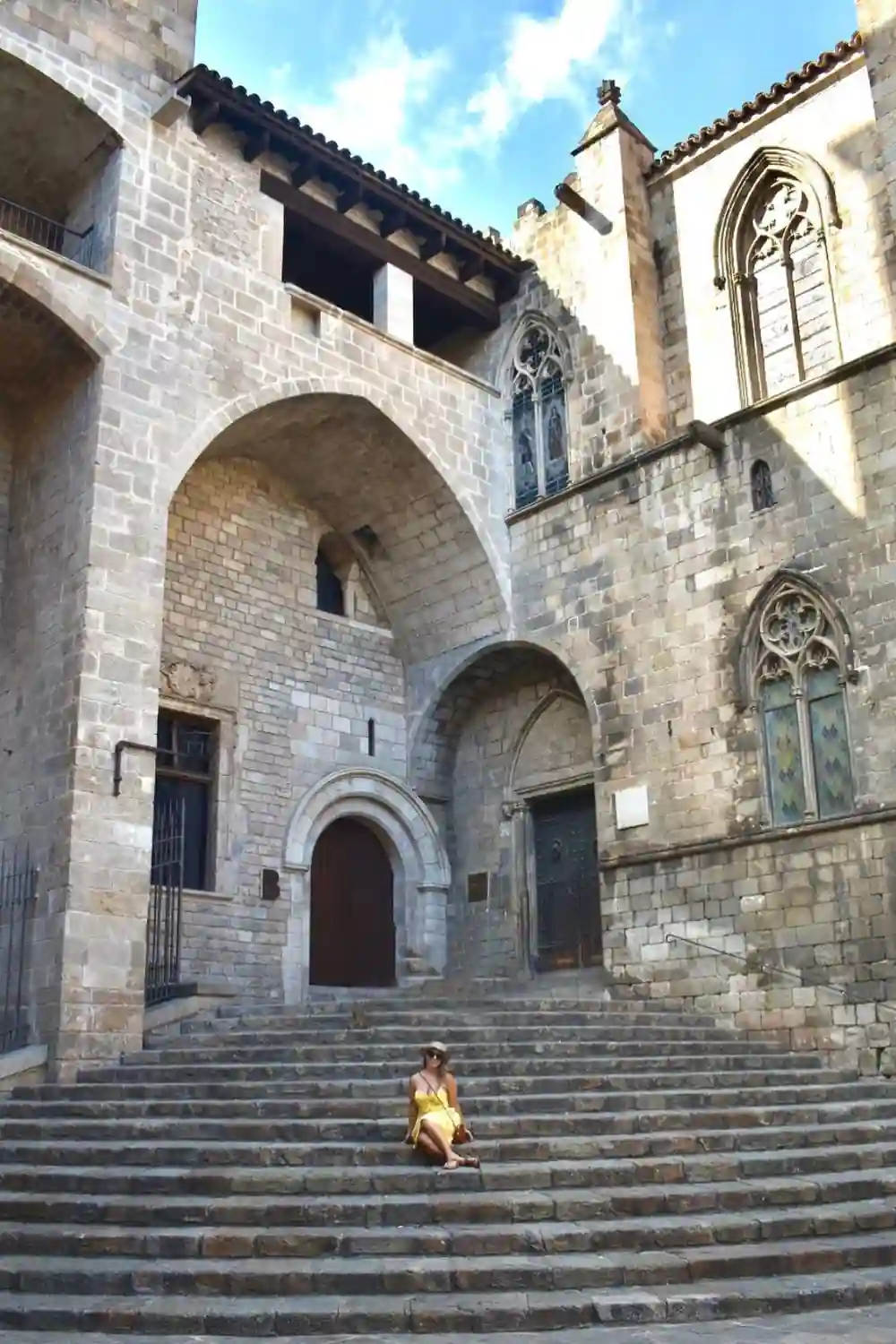
For history lovers, Plaça del Rei is extraordinary. This medieval courtyard once hosted royal ceremonies and still houses the Palau Reial Major. It was here that I joined a guided tour and walked underground to see Roman ruins beneath the MUHBA. Few spots blend Roman, medieval, and modern history so seamlessly.
Cultural Experiences in the Gothic Quarter
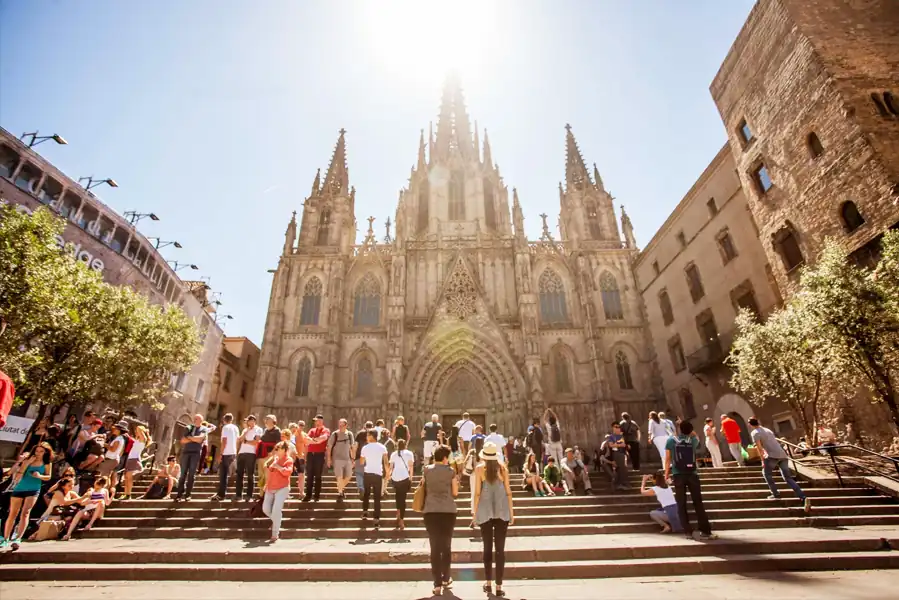
Beyond the landmarks, the Gothic Quarter pulses with everyday culture. I’ve wandered into street performances on Carrer del Bisbe, lingered at artisan workshops tucked behind hidden courtyards, and once found myself swept into a local festival in Plaça Sant Jaume where giants (gegants) paraded through the crowd. These unscripted moments often become the most memorable.
Art thrives here too. Small galleries showcase everything from Catalan painters to experimental street art—look around Carrer Avinyó for creative spaces.
On Sunday mornings, I’ve browsed antique book markets near the Cathedral, where locals trade volumes that look like they’ve been read a hundred times.
If you’re lucky, you’ll stumble upon a guitarist filling an alley with Spanish riffs, or a group of castellers building human towers during a festival. These cultural snapshots remind me that the Gothic Quarter isn’t just about its history—it’s about how locals live, celebrate, and express themselves in one of Barcelona’s most beautiful neighborhoods.
Food & Drink in the Gothic Quarter
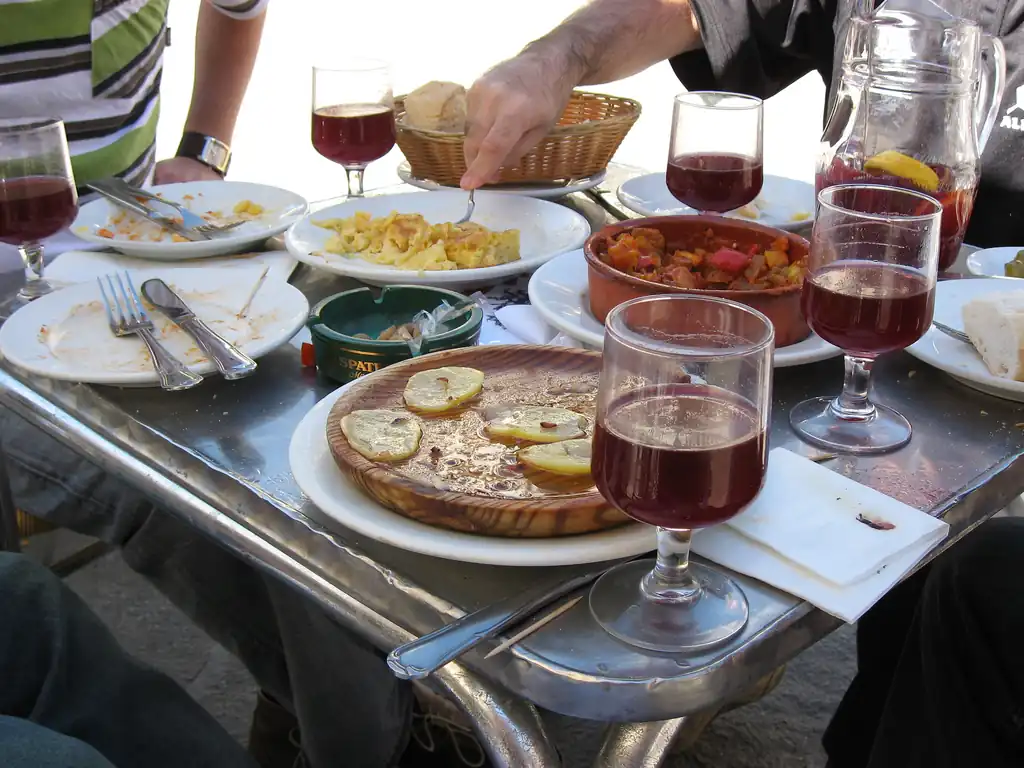
One of my favorite ways to experience the Gothic Quarter Barcelona is through its food. The neighborhood is dotted with tapas bars, cozy bistros, and lively terraces where Catalan flavors meet global influences. After countless meals here, I can say this is one of the best places in the city to eat like a local while still feeling the centuries-old history around you.
Start with the classics—patatas bravas, bombas, and jamón ibérico. At tapas bars in the Gothic Quarter Barcelona, the atmosphere is just as important as the food. El Pintor on Carrer de Sant Honorat has given me some of my best evenings, where the chatter of locals mixed with the smell of sizzling garlic shrimp.
If you’re looking for the best tapas in the Gothic Quarter Barcelona, try Bar del Pi, right near Plaça Sant Josep Oriol, where time seems to slow down under the shadow of Santa Maria del Pi.
Cafés deserve a mention too. On cool mornings, I’ve tucked into warm churros with thick hot chocolate at Petritxol Xocoa—a local spot just off Carrer Petritxol.
For wine and cava, step into the best bars in the Gothic Quarter Barcelona, many tucked into vaulted cellars. El Xampanyet and La Vinya del Senyor are my go-to’s when I want to linger over a glass of cava and watch the Quarter come alive around me.
And don’t forget about markets. While technically in El Raval, the Mercat de la Boqueria is a short stroll away and has been a favorite stop of mine for fresh fruit, seafood, and quick bites. For a proper sit-down dinner, the best restaurants in the Gothic Quarter Barcelona range from modern Catalan at Agut to Michelin-starred dining at Cinc Sentits.
Nightlife in the Gothic Quarter
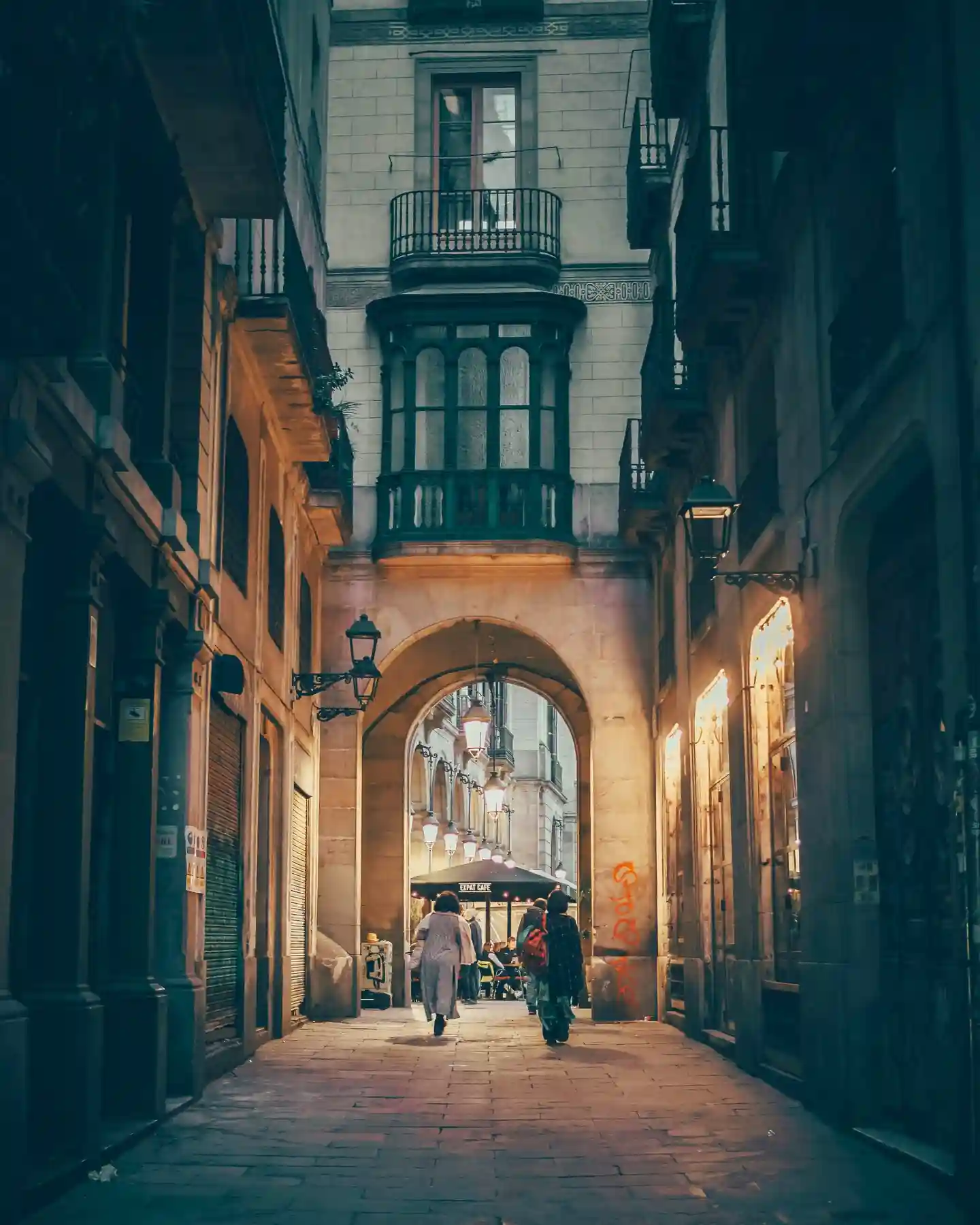
When the sun dips behind the spires, the Gothic Quarter transforms. The plazas glow, music drifts from open windows, and locals spill into the streets. I’ve spent late nights hopping between Gothic Quarter Barcelona bars, and the variety always amazes me.
For cocktails, Boadas is a Barcelona institution, though I personally love the more intimate speakeasy-style bars hidden behind unmarked doors near Plaça Reial. For live music, Harlem Jazz Club never disappoints—its atmosphere is as raw and authentic as you’ll find in the city.
If you’re in the mood for traditional culture, book a seat at a flamenco show in venues like Los Tarantos. The passion and rhythm echo through the stone walls, reminding you that Spain’s heritage is alive here. Of course, not all nightlife is loud—sometimes the most memorable evenings are spent chatting with locals in small pubs that feel more like living rooms.
Safety is worth noting: while the Gothic Quarter is generally safe, late-night crowds can be chaotic. I’ve learned to keep valuables close and avoid overly deserted alleys after midnight. With that awareness, nights here are unforgettable—an intoxicating mix of music, history, and spontaneity.
Shopping in the Gothic Quarter
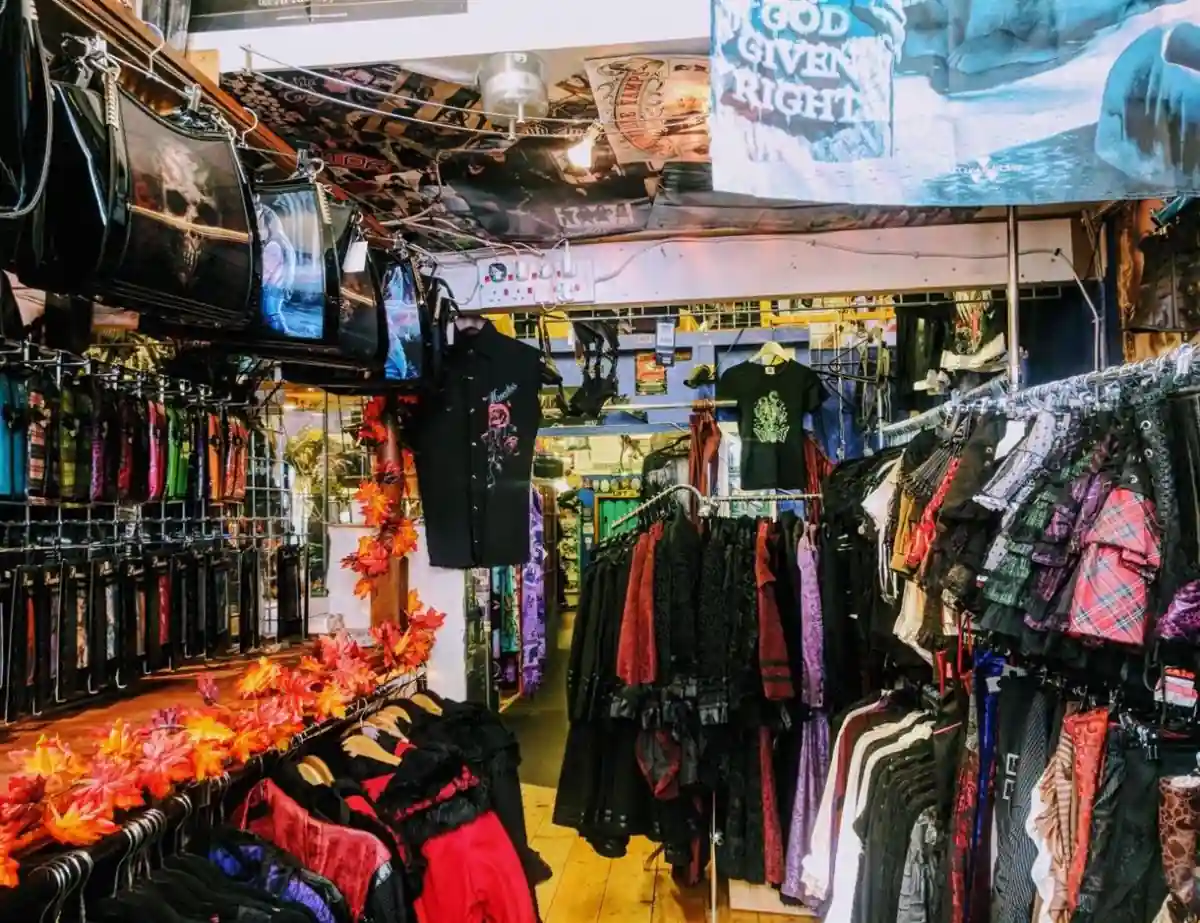
Shopping in the Gothic Quarter isn’t about flashy malls—it’s about discovering treasures in tucked-away streets. Every time I wander down Carrer dels Banys Nous or Carrer de la Palla, I find myself in local shops that feel like small museums: shelves lined with handmade leather goods, artisan jewelry, and ceramics. These are the kinds of souvenirs that carry stories, not just price tags.
For book lovers, the Quarter is a paradise. I still remember stepping into a dusty shop near Carrer de la Llibreteria and finding a rare Spanish edition of a travel classic.
Vintage stores mix seamlessly with designer boutiques, making this neighborhood a shopping hub that reflects both Barcelona’s history and its constant modernization.
If you’re looking for authentic gifts, I recommend wandering near Plaça del Pi on weekends, where local artists set up stalls. It’s here I bought a hand-painted ceramic tile that still sits on my desk years later. For those who prefer contemporary shopping, designer shops line Carrer de Ferran, but the magic of the Quarter lies in its hidden courtyards where small ateliers keep old crafts alive.
Practical Travel Tips for Exploring the Gothic Quarter
After multiple visits, I’ve picked up practical lessons that can save you time and frustration when exploring the Gothic Quarter Barcelona Spain.
Getting there: The neighborhood is best explored on foot, but metro stops like Liceu (L3) and Jaume I (L4) drop you right at its edges. If you’re navigating with a Gothic Quarter Barcelona walking map, highlight key streets like Carrer del Bisbe and Carrer Paradís to avoid doubling back through the labyrinth.
When to go: Early mornings are magical—the streets are almost empty, and you can photograph landmarks like the Cathedral without the rush. Evenings are another favorite time of mine, when tapas Gothic Quarter Barcelona spots start buzzing and street musicians appear. Midday tends to be crowded, especially around La Rambla.
Safety: Pickpocketing is the main concern. I’ve seen tourists lose wallets in crowded squares like Plaça Reial. Keep essentials close, and avoid displaying valuables.
Budget tips: Some of the Quarter’s best experiences are free—wandering medieval streets, watching street performers, or stepping into churches. Meals can be affordable if you skip tourist-heavy restaurants and look for local restaurants Gothic Quarter Barcelona instead.
Accessibility: Be prepared for uneven cobblestones and narrow lanes. Wheelchair access can be tricky, though many squares and main routes are manageable.
Above all, give yourself time to wander. This isn’t a neighborhood to rush through with rigid directions—it’s one to explore with curiosity, letting hidden gems reveal themselves at their own pace.
Suggested Itineraries
Planning how much time to spend in the Gothic Quarter Barcelona can feel overwhelming, especially with so many landmarks, restaurants, and hidden streets to explore. Based on my own visits, here’s how I’d structure your time depending on your schedule.
Half-Day Itinerary
If you’ve only got a few hours, start at the Barcelona Cathedral before strolling across the Pont del Bisbe. From there, wander into Plaça del Rei to see Roman and medieval layers side by side, then cut through the alleys toward Plaça Reial. End with tapas—my favorite is at Bar del Pi, one of the best tapas in Gothic Quarter Barcelona.
Full-Day Itinerary
With a full day, you can slow down and soak in more. Begin with a guided tour at the Museu d’Història de Barcelona (MUHBA), then continue to Plaça Sant Jaume, the city’s political center. Have lunch at one of the best restaurants in Gothic Quarter Barcelona, like Agut. In the afternoon, explore the Jewish Quarter (El Call) and the Basílica de Santa Maria del Pi. As the sun sets, sip cava in one of the best bars in Gothic Quarter Barcelona, then finish with a flamenco show at Los Tarantos in Plaça Reial.
Two-Day Itinerary
For a richer experience, combine the Gothic Quarter with nearby neighborhoods. On day one, focus entirely on the Barri Gòtic: visit its main squares, churches, and hidden courtyards, then enjoy dinner at a traditional tapas Gothic Quarter Barcelona bar. On day two, cross into El Born to explore the Picasso Museum and Santa Maria del Mar, or head toward El Raval for the Mercat de la Boqueria. This blend gives you the city’s medieval heart and its bohemian soul.
Conclusion: Why the Gothic Quarter is Timeless
Every city has a place that feels like its heartbeat—and for me, that’s the Gothic Quarter Barcelona. No matter how many times I return, the narrow medieval streets, Roman ruins, and sunlit plazas reveal something new. It’s where Barcelona’s history, culture, and constant modernization weave into one unforgettable tapestry.
What makes it timeless is not just the landmarks like the Barcelona Cathedral or Plaça del Rei, but the small moments: sipping coffee in a quiet square, stumbling into an artisan shop on Carrer dels Banys Nous, or listening to live guitar in a shadowed alley. These are the experiences that remind me why this neighborhood isn’t just part of Barcelona—it is Barcelona.
If you come here with patience, curiosity, and an openness to get lost, you’ll see why travelers and locals alike call it the soul of the city. The Gothic Quarter doesn’t just tell history—it lives it, every day.
Frequently Asked Questions
1. Is the Gothic Quarter safe at night?
Yes, though like any lively district, pickpocketing can happen in crowded areas like Plaça Reial. Stick to well-lit streets and you’ll be fine.
2. What’s the best way to get around?
On foot. A Gothic Quarter Barcelona walking map helps, but wandering without strict directions often leads to the best discoveries.
3. Are guided tours worth it?
Definitely. Walking tours or those with a Barcelona Essentials Pass often include city audio guides and unlimited transport, giving context you might miss alone.
4. Can you see everything in one day?
You can hit the highlights—the Cathedral, Pont del Bisbe, and Plaça Sant Jaume—but a second day allows for slower exploration and time in airbnb Gothic Quarter Barcelona or nearby hotels.
5. What’s the most photographed spot?
The El Pont del Bisbe on Carrer del Bisbe is a favorite, though the hidden courtyards near Carrer Paradís are just as magical.
6. What is special about the Gothic Quarter in Barcelona?
It’s the mix of Roman walls, Gothic buildings, and lively plazas where history and daily life coexist. Few places in Europe feel this authentic.
7. Is La Rambla the same as the Gothic Quarter?
No. La Rambla borders the Quarter but is more commercial. The Barri Gòtic itself is older, denser, and more atmospheric.
8. Is the Gothic Quarter in Barcelona worth visiting?
Absolutely. From things to do in Gothic Quarter Barcelona to simply enjoying a slow afternoon stroll, it’s one of the most rewarding neighborhoods in Spain.
9. Are Old Town and Gothic Quarter the same?
Yes, the Gothic Quarter is part of Ciutat Vella, Barcelona’s Old Town, alongside El Born, El Raval, and Barceloneta.
10. How much time does it take to visit Gothic Quarter Barcelona?
Plan at least half a day. A full day or two lets you explore deeper, enjoy meals at the best restaurants Gothic Quarter Barcelona, and discover artisan shops.
11. What is the best month to visit Barcelona?
Late spring (May–June) or early autumn (September–October). I’ve found the weather pleasant, the crowds manageable, and the Gothic Quarter Barcelona hotels more affordable than peak summer.

